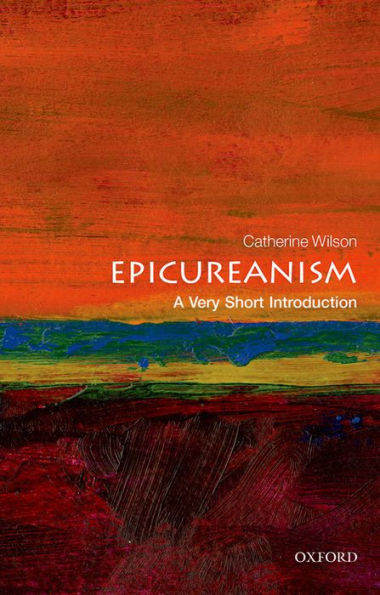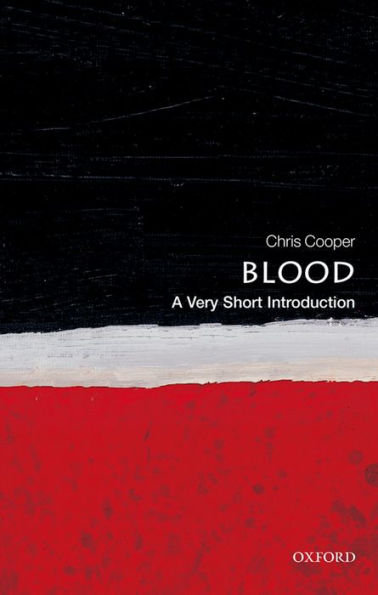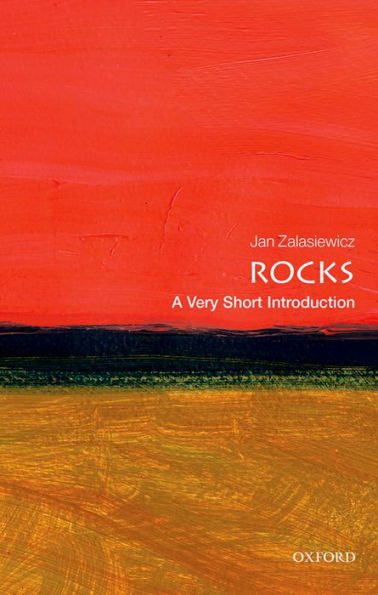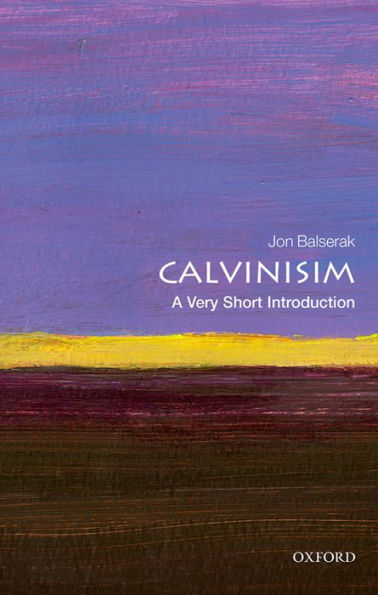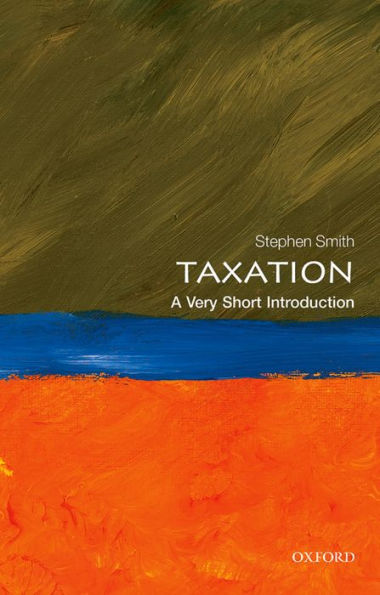Home
The Orchestra: A Very Short Introduction
Barnes and Noble
The Orchestra: A Very Short Introduction
Current price: $12.99


Barnes and Noble
The Orchestra: A Very Short Introduction
Current price: $12.99
Size: Paperback
Loading Inventory...
*Product information may vary - to confirm product availability, pricing, shipping and return information please contact Barnes and Noble
In this
Very Short Introduction
, D. Kern Holoman considers the structure, roots, and day-to-day functioning of the modern philharmonic society. He explores topics ranging from the life of a musician in a modern orchestra, the recent wave of new hall construction from Berlin to Birmingham, threats of bankruptcies and strikes, and the eyebrow-raising salaries of conductors and general managers. At the heart of the book lies a troubling pair of questions: Can such a seemingly anachronistic organization long survive? Does the symphony matter in contemporary culture? Holoman responds to both with a resounding yes. He shows that the orchestra remains a potent political and social force, a cultural diplomat par excellence. It has adapted well to the digital revolution, and it continues to be seen as an essential element of civic pride. In a time of upheaval in how classical music is created, heard, distributed, and evaluated, the orchestra has managed to retain its historic role as a meeting place of intellectual currents, an ongoing forum for public enlightenment.
Very Short Introduction
, D. Kern Holoman considers the structure, roots, and day-to-day functioning of the modern philharmonic society. He explores topics ranging from the life of a musician in a modern orchestra, the recent wave of new hall construction from Berlin to Birmingham, threats of bankruptcies and strikes, and the eyebrow-raising salaries of conductors and general managers. At the heart of the book lies a troubling pair of questions: Can such a seemingly anachronistic organization long survive? Does the symphony matter in contemporary culture? Holoman responds to both with a resounding yes. He shows that the orchestra remains a potent political and social force, a cultural diplomat par excellence. It has adapted well to the digital revolution, and it continues to be seen as an essential element of civic pride. In a time of upheaval in how classical music is created, heard, distributed, and evaluated, the orchestra has managed to retain its historic role as a meeting place of intellectual currents, an ongoing forum for public enlightenment.

